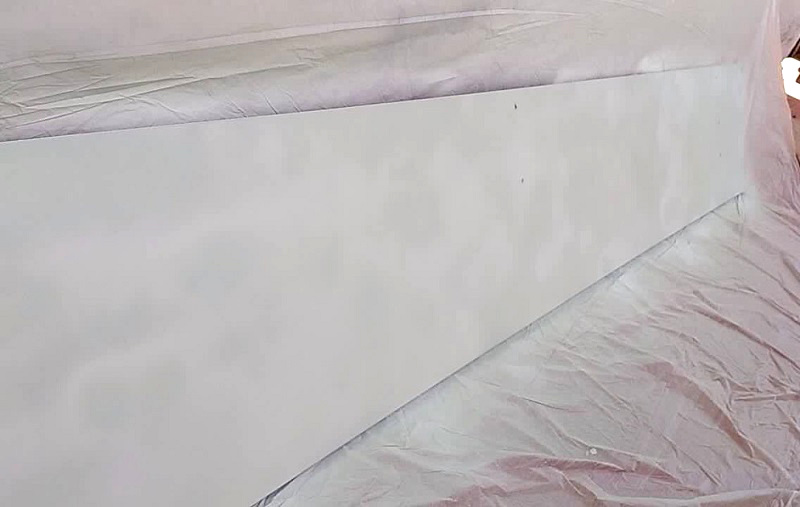To obtain the best finish when using Chalk Spray Paint it is important to consider four things;
1. How you clean/prepare the surface
2. Preparing the paint
3. How you will approach painting it (your technique)
4. The porosity of the surface
1. Clean and prepare the surface;
Firstly, it is important to clean the surface thoroughly with rubbing alcohol or soapy water. Traces of oil or wax in particular will result in a patchy finish.
If the surface is already varnished, stained or painted it is best to either sand the surface first or use a Primer to create a barrier.
2. Prepare the paint;
Remember to shake the can vigorously for one minute, after you start to hear the ball-bearings rattle, to ensure it is thoroughly mixed.
3. How to paint;
Use swift movements to avoid the build-up of paint in one area. Move from side to side, then up and down to ensure thin even coats are applied continuously.
4. Porosity of the Surface;
Some areas might absorb more paint than others, especially wood surfaces. Therefore, if you are going to paint on old wood in particular, please be advised to use either Gesso Primer or Universal Primer to seal the surface before painting it.
5. What to do if you have painted your item and the paint appears patchy;
You can hide an uneven paint effect by rubbing it with wax, in order to drag the paint and create a more even look. To apply the wax you should use a cotton cloth or even a plastic scouring pad which is particularly effective on fabric.
Remember that you can protect the painted surface with our matte varnish if you wish (this will obviously slightly affect the textural feel of the Chalk painted surface).
Many lovely Chalk Paint projects can be viewed on our Pinterest page as well as on our Facebook and Twitter pages.


